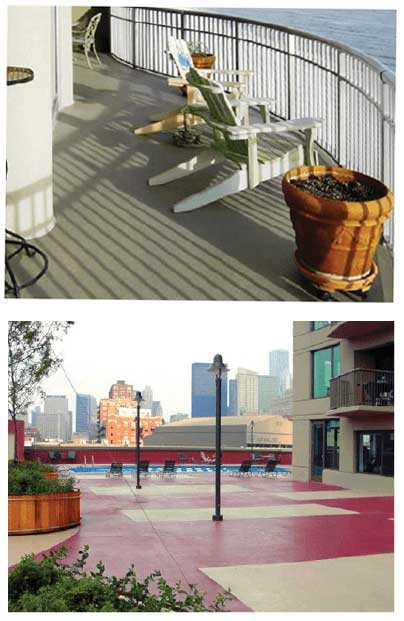- (908) 812-5040 Call Us
-
Email Us
- Robbinsville, NJ 08691 Get Directions
Above grade waterproofing is the prevention of water intrusion into exposed elements of a structure or its components. Above-grade materials are exposed to detrimental weathering effects such as rain, wind, and ultraviolet light
Whether a building is near the sea exposed to driving sea spray, or in an area that only gets occasional rain, every building can benefit from above-grade waterproofing. In fact, every building must have above grade waterproofing if it is to last more than a few short years. Above grade waterproofing is essential.
A building envelope is the physical separator between the inside and outside environment of a building including resistance to air, water, heat, light, and noise transfer.
Caulking is a material used to seal joints or seams against leakage in various structures and piping.
Flashing refers to thin pieces of impervious material installed to prevent the passage of water into a structure from a joint or as part of a weather resistant barrier system. Flashing is intended to decrease water penetration at objects such as chimneys, vent pipes, walls, windows and door openings to make buildings more durable and to reduce indoor mold problems.
A waterproofing coating is a covering that is applied to the surface of a vertical or horizontal object, usually referred to as the substrate, to prevent the penetration of water. The coating may be decorative, functional, or both.
Materials and features of Above-grade waterproofing must be:

Year of experience
Successful Projects
Satisfied Customers
Money Customers Saved